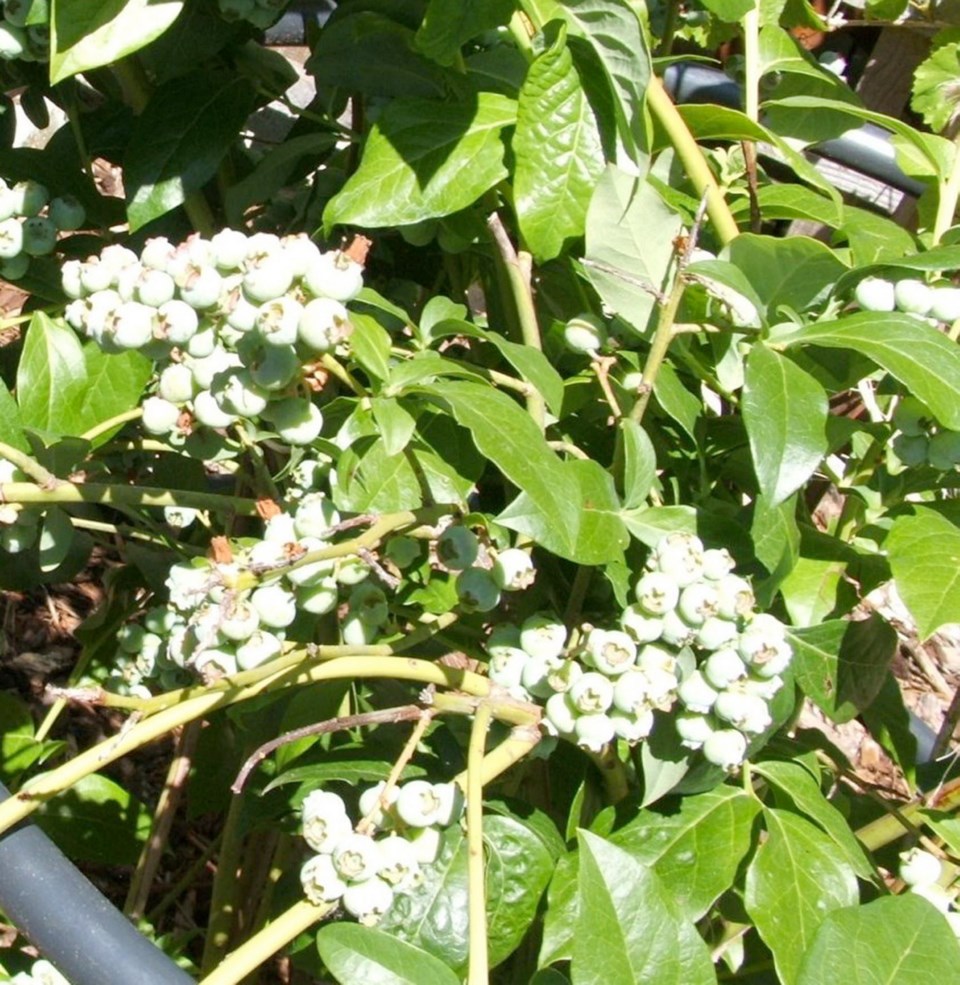Dear Helen: I was recently invited to sample a few “alpine” strawberries in a neighbour’s garden. They were tiny, but delicious. Are they hard to grow?
L.S.
Not at all. For berries in the first year, however, the seeds need to be started indoors in late winter. The plants make neat, compact plants that are ideal for tucking into sunny spots along pathways, at the corners of vegetable plots and along flower bed edges. The plants make no runners, but they self-sow modestly.
I began growing them when I noticed a listing in a catalogue for a variety called Baron Solemacher. The next variety I grew was Alexandria. These named varieties, called “alpine” strawberries, are selected forms of the wild strawberry (Fragaria vesca). The alpines, though still small, are larger than the wild berries.
Currently, both West Coast Seeds (WCS) and William Dam Seeds list Mignonette, which WCS describes as having berries “that are larger than most alpine strawberries. They are bright red, deliciously sweet. The compact perennial plants form pretty little mounds that will bear strawberries the first year.”
Richters Herbs lists the wild strawberry and an alpine called Ruegen, also described as producing berries twice the size of the wild ones on compact, runnerless plants.
Alpine strawberries are everbearing in the true sense. They yield pointed little berries from mid to late spring right through to mid-autumn. They are one of my favourite in-garden snacks.
I plan on seeding both Ruegen and Mignonette next year, to begin replenishing my stock of plants, which has dwindled over the years. I have friends who never pass one of these plants in my garden without stopping to check it out for ripe little berries.
You’ll find the plants easy to grow and manage. If your neighbour’s plants self-sow liberally, she may have extra baby plants to share — if you feel comfortable asking.
Dear Helen: The home we bought came with a garden where Euphorbia had spread into many areas. When my husband cut some of the plants back on a hot day early in the month, he ended up in hospital after some of the plants’ white sap splashed into his eyes. Could you warn people about this? How can we eradicate the Euphorbia safely?
K.D.
The milky sap of Euphorbia plants is toxic, and a skin and eye irritant.
The degree of toxicity varies among the many species. The toxic sap developed over time as the plants evolved to avoid browsing by herbivorous animals.
Getting the sap on hands and arms while cutting the plants can cause inflammation. Affected skin, exposed to sun, can blister. The sap needs to be removed right away with soap and water. Getting the sap in the eyes can be very serious. I’m glad your husband sought immediate medical help.
Many species self-sow prolifically. Be sure not to let any of the plants form seeds. Pulling or digging up the plants, and watching carefully for seedlings and removing them, will gradually eliminate the plants. These measures have worked for me.
Before taking any eradication measures, wear eye protection, gloves, and a long-sleeved shirt. I opt also to don my broad-brimmed garden hat. I also avoid working with such plants on hot, sunny days.
I observe the same precautions when pruning the fig tree, which has a similarly irritating sap, especially in the presence of sunlight.
Dear Helen: The foliage on my blueberry plants is fading to yellow and cream, while the leaf veins remain bright green. Why is this happening? What can I do?
M.L.
Blueberry leaves that yellow between the veins indicate a soil pH that is too high (not acidic enough). Blueberries thrive in acidic soils with a pH range between 4.5 and 5.5 — well below the neutral 7.0 on the pH scale.
You can begin acidifying the soil naturally by mulching around the bushes with pine needles, shredded leaves, or well rotted sawdust. Peat acidifies too, but laid as mulch it crusts over to shed water.
I save and scatter used coffee grounds, in modest amounts at a time, around the blueberries. The grounds are highly acidic and suitable for scattering around acid-loving plants.
Powdered sulphur scratched into the soil is another effective acidifier. Early in the spring, consider fertilizing with product recommended for azaleas and rhododendrons.



